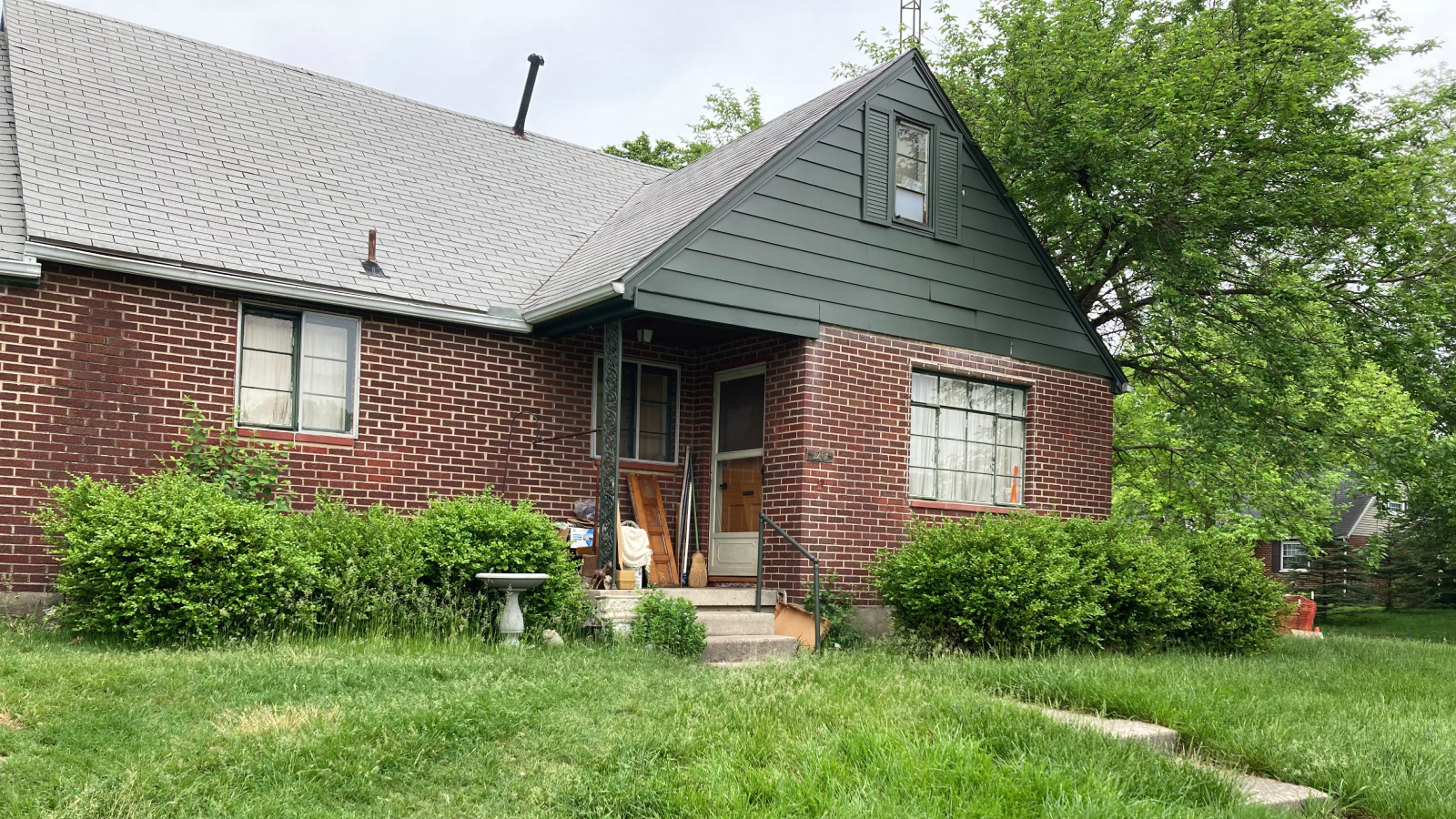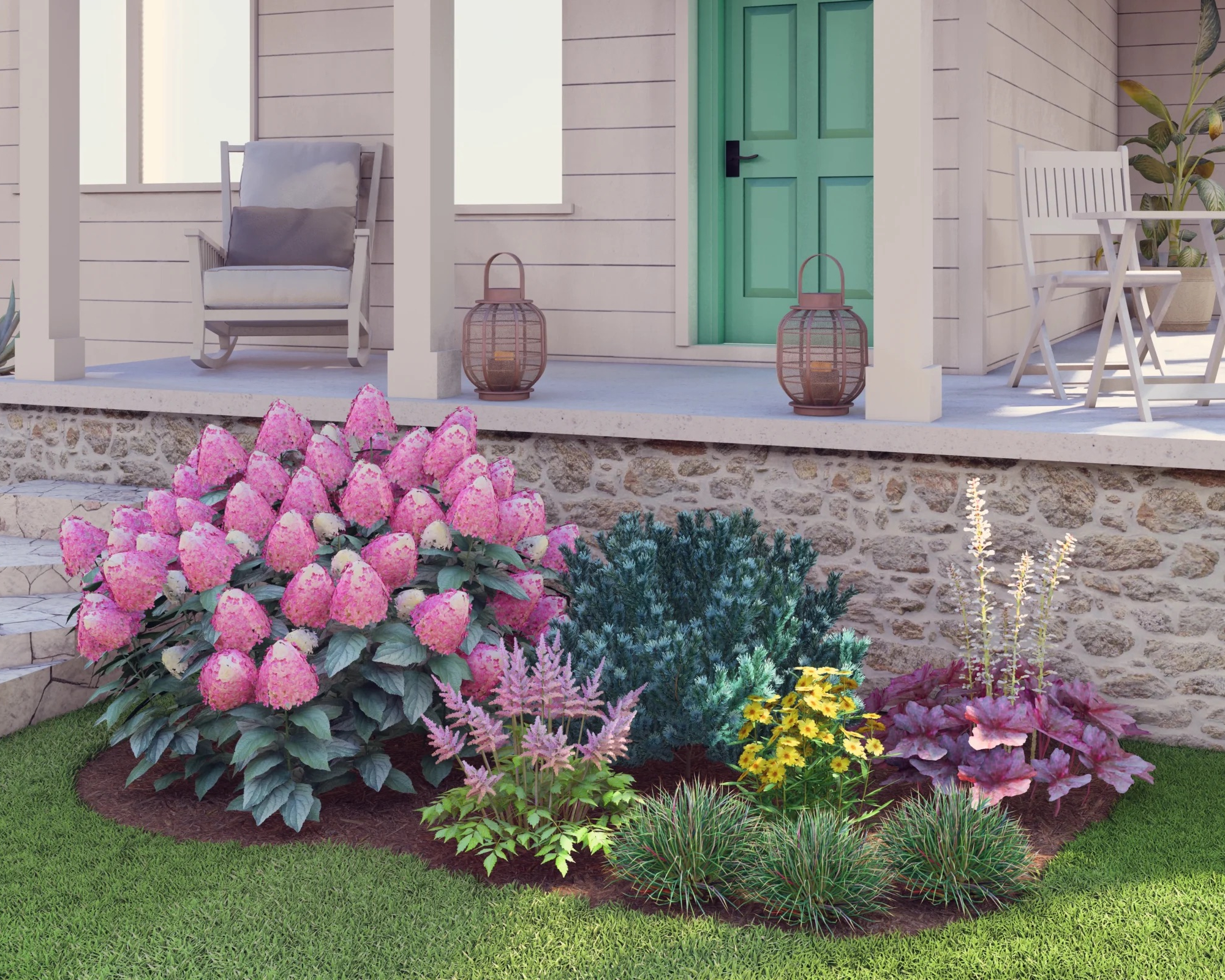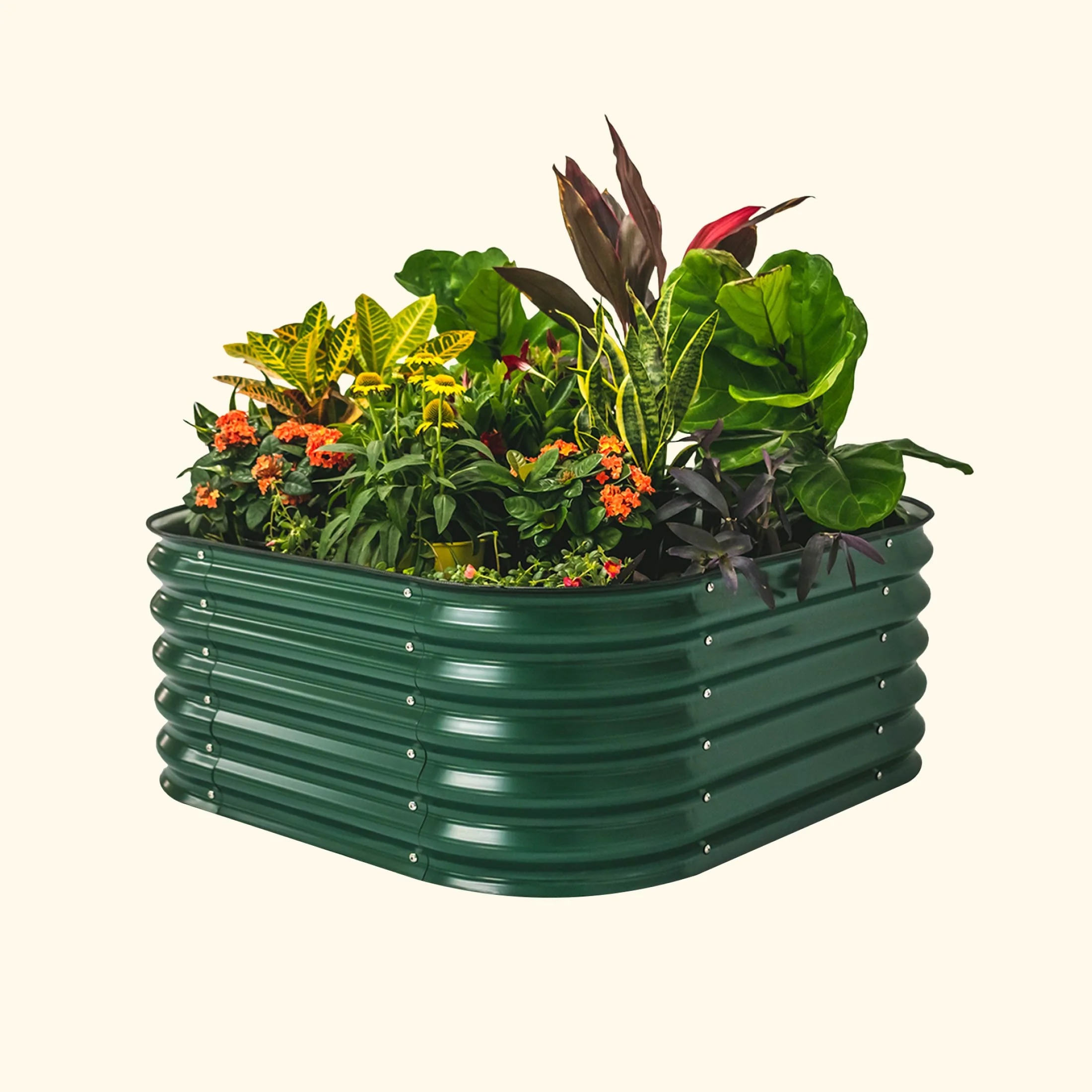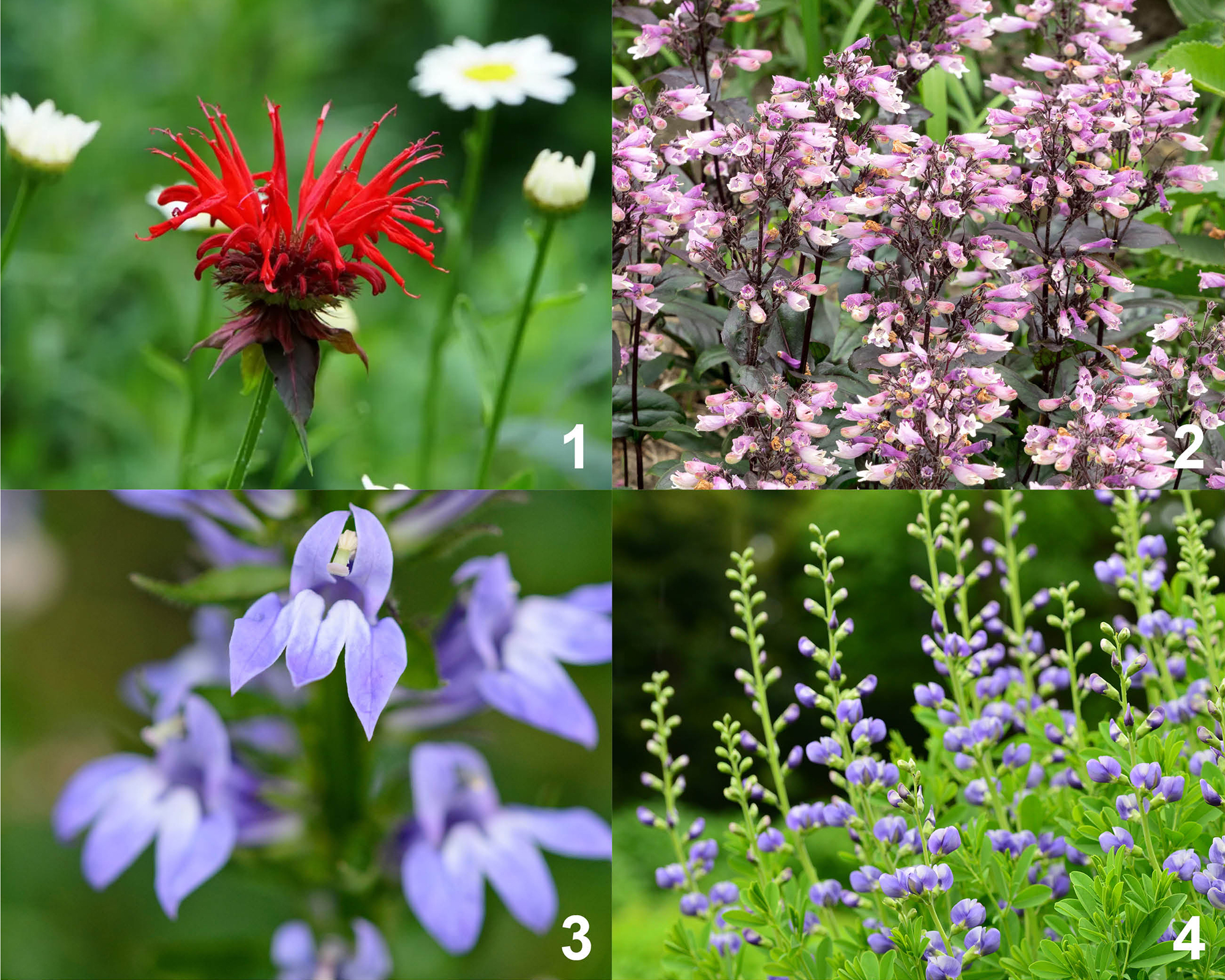My Yard Is A Fixer Upper – Here's How I’m Overhauling It With Minimal Effort
Content Editor Laura shares how she's overhauling her fixer upper yard with a low-lift, low-maintenance landscape design. Plus, easy tips you can try!


I just bought my first house and it is the definition of a fixer upper—including the yard. The landscape started out as an overgrown jungle of common Midwestern weeds like the ubiquitous and much-hated honeysuckle, poisonous pokeweed, and invasive vinca vines. Plus, about a half ton of trash and broken glass behind every leaf. After hours of hard work, all that is gone (for the most part) and I’m starting with a blank canvas.
As a gardening editor and plant fanatic, front yard landscaping is a top priority for my new property. Other than a few boxwoods that have already received a major haircut, there is no curb appeal to speak of. With so much to do on the inside of the house before it’s move-in ready, I’m short on time, energy, and money to make over the yard. I need a low-lift, low-maintenance approach to overhaul my fixer upper yard.
I can see the potential for the property: welcoming blooms that line the path to the front door, a gorgeous cottage garden packed with pollinator plants, and raised beds full of fresh produce. It’s a tall order, I know. But with ten years of gardening experience under my belt and the help of a few clever products, I think I can achieve it. Here’s my plan, plus some tips you can use on your fixer upper yard.

How to Handle a Fixer Upper Yard
There will be two main garden areas in my new home landscaping design: one in the front along the walkway and one in the side yard next to the garage. For both areas, I am following a few simple principles to keep the makeover easy and the resulting landscape low-maintenance.
Choose a Simple Design
Since I have so many other decisions to make during my home renovation, I want to keep things simple. That’s why I’m using Plant By Number kits to transform my yard. Plant By Number gives you a professional looking landscape without having to consult (or pay for) a designer. Their pre-planned kits include a piece of landscape fabric or Bio-Paper mulch—for those interested in sustainable gardening—with a planting design printed on it. All you have to do is lay it out and plant.
Plant By Number has a garden kit for every design aesthetic, from pastel pinks to jewel tone blooms. Plus, they offer kits that come with actual plants as well as ones that come with a planting map and shopping list so you can purchase the required plants from your favorite nursery.
I’m opting for the Pastel Tones Garden Kit that comes with plants to make the process as easy as possible. This design has that quaint cottage garden look I want and it will grow well in the full sun spot on either side of my walkway. It covers a 5 x 10 foot (1.5 x 3 m) area, so that will trim my grass cutting down significantly. And once the plants are established it will be a lovely, low-maintenance border to welcome guests up to the front door.
Sign up for the Gardening Know How newsletter today and receive a free copy of our e-book "How to Grow Delicious Tomatoes".

I need visual aids to help me see how a design will work in my space, so I did a little photo editing to picture how the Plant By Number kit will look in my yard. I think it looks great and will look even better as I add more plants to my yard, especially around the boxwoods.
Another benefit of this garden kit, is that it includes front yard plants that add value to your home like coral bells, hydrangea, and ornamental grass. Since this house is a starter home, I’m looking at every improvement as an investment—and that includes the front yard. Though it may not be the first thing you think of, landscaping mistakes can affect property value. So if you’re a first-time homeowner or know that you’ll move one day, consider the return on investment in your yard as you would any other home improvement project.
Create a Garden That Works for You
New house landscaping, like your new house, needs to work for your needs and your space. For my new home landscaping, I want to grow a mix of edible and ornamental plants. Unfortunately my side yard started as a mess of weeds, broken glass, and trash, so an in-ground bed is pretty much out of the question. Instead I’m going to use Vego Garden raised beds to create a veggie plot just outside my door.
My yard isn’t the biggest, so I’m opting for their smaller 4 in 1 Modular Metal Raised Beds. I’ll be able to fit four beds in a square design in my side yard with nice, wide paths in between.
Landscaping a dark house exterior can be tricky, but Vego has six trendy colors that go with any home design. Their British Green color matches my house’s siding, so these beds will be the perfect addition to my landscape.
Next to my new raised beds, I want to create a simple border to provide privacy and blooms throughout the year. Plant By Number has a Small Garden Accent Map that fills a 5 x 7 foot (1.5 x 2.1 m) area. You can choose the design of your choice—I’m going with the Moon Garden Layout. I love the elegant white flowers in this design and the shade-tolerant plants, like astilbe and 'Jack Frost' brunnera, will thrive under the shade of my neighbor’s tree at the edge of the property.
This map doesn’t come with plants, but that’s okay because I won’t have time to do all my planting this fall before winter hits. In spring, all I’ll have to do is purchase my plants and get digging.
Consider the Wildlife
Unfortunately, my yard is a frequent stop for the neighborhood deer. Don’t get me wrong, deer are cute and I love seeing them in my yard, just not when they’re chomping on my flowers. I plan to eventually add a fence to stop them from traipsing through my flowers. But as I know from years of fighting deer in my garden, that won’t be enough. Not unless I add a tall privacy fence all the way around my yard, which I don’t want to do. So instead I plan to take a two-pronged defense: plant deer-resistant perennials and add a picket fence to slow them down.
I’ve chosen Plant By Number’s Native Hummingbird Garden Kit to plant along the fence line at the back of my property behind the raised beds. This kit features native deer-resistant perennials like false indigo, bee balm, great blue lobelia, and penstemon. All of which pollinators love, which is a bonus for my veggie garden. Even though I don’t want deer in my garden, I hope bees and butterflies will be frequent visitors to my fixed up yard.
Just as with any house renovation, a yard renovation takes time—maybe even more because a garden is a living thing. Remember that your fixer upper yard won't be fixed all at once, but it will get more beautiful with each passing season.
This article features products available from third-party vendors on the Gardening Know How Shop.

Laura Walters is a Content Editor who joined Gardening Know How in 2021. With a BFA in Electronic Media from the University of Cincinnati, a certificate in Writing for Television from UCLA, and a background in documentary filmmaking and local news, Laura loves providing gardeners with all the know how they need to succeed, in an easy and entertaining format. Laura lives in Southwest Ohio, where she's been gardening for ten years, and she spends her summers on a lake in Northern Michigan. It’s hard to leave her perennial garden at home, but she has a rustic (aka overcrowded) vegetable patch on a piece of land up north. She never thought when she was growing vegetables in her college dorm room, that one day she would get paid to read and write about her favorite hobby.


